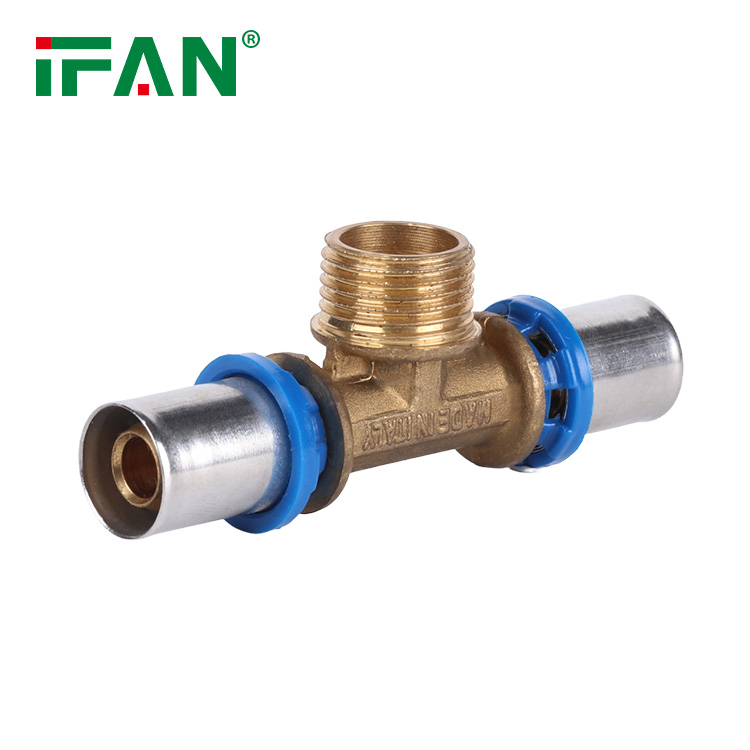Introduction
PEX (cross-linked polyethylene) fittings are an integral part of PEX plumbing systems, providing secure and watertight connections between PEX tubing and various fixtures. In this article, we will delve into the different types of PEX fittings available in the market, their unique characteristics, and the applications they are best suited for. Let’s explore each type of PEX fitting in detail.
1. Push Fittings
Push fittings, also known as push-to-connect or push-fit fittings, are one of the most popular options for PEX plumbing systems. These fittings offer easy and tool-free installation, as they feature a simple push-in mechanism that securely connects the PEX tubing. Push fittings have built-in O-rings and gripping teeth that create a tight seal, eliminating the need for additional tools or crimping. These fittings are ideal for use in both temporary and permanent plumbing connections, such as repairs and renovations.
2. Compression Fittings
Compression fittings are another common type of PEX fitting that ensures reliable connections. These fittings consist of a threaded nut, compression ring, and brass insert. During installation, the compression ring is placed over the PEX tubing, and the nut is tightened onto the compression fitting, compressing the ring against the tubing and creating a watertight seal. Compression fittings offer versatility and are often used in situations where disassembling and reassembling connections may be required.

3. Crimp Fittings
Crimp fittings, also known as barbed fittings, are one of the traditional methods of connecting PEX tubing. These fittings comprise a barbed insert and a copper or stainless-steel crimp ring. To create a secure connection, the PEX tubing is slid onto the barbed insert, and the crimp ring is positioned over the tubing and fitting. A specialized crimping tool is then used to compress the ring, ensuring a tight and leak-free joint. Crimp fittings are commonly used in new construction projects where a robust and permanent connection is desired.
4. Expansion Fittings
Expansion fittings are a relatively newer type of PEX fitting that utilizes the expansion properties of PEX tubing. These fittings require an expansion tool, which expands the PEX tubing before inserting the fitting. As the tubing contracts back to its original size, it creates a tight and secure connection. Expansion fittings are suitable for large-diameter PEX tubing and are often used in commercial and industrial plumbing systems.
5. Transition Fittings
Transition fittings are designed to connect PEX tubing to other types of piping materials, such as copper, PVC, or CPVC. These fittings feature different end connections, allowing for a smooth transition between PEX and other pipes. Transition fittings are available in various configurations, including compression, threaded, or push-fit connections, ensuring compatibility with different plumbing systems and materials.
Conclusion
PEX fittings offer a wide range of options to suit various plumbing needs and installation preferences. Whether it’s the simplicity of push fittings, the versatility of compression fittings, the reliability of crimp fittings, the innovation of expansion fittings, or the compatibility of transition fittings, there is a PEX fitting for every application. By understanding the different types of PEX fittings and their unique characteristics, plumbers and homeowners can make informed decisions when selecting the most suitable fitting for their plumbing projects.







